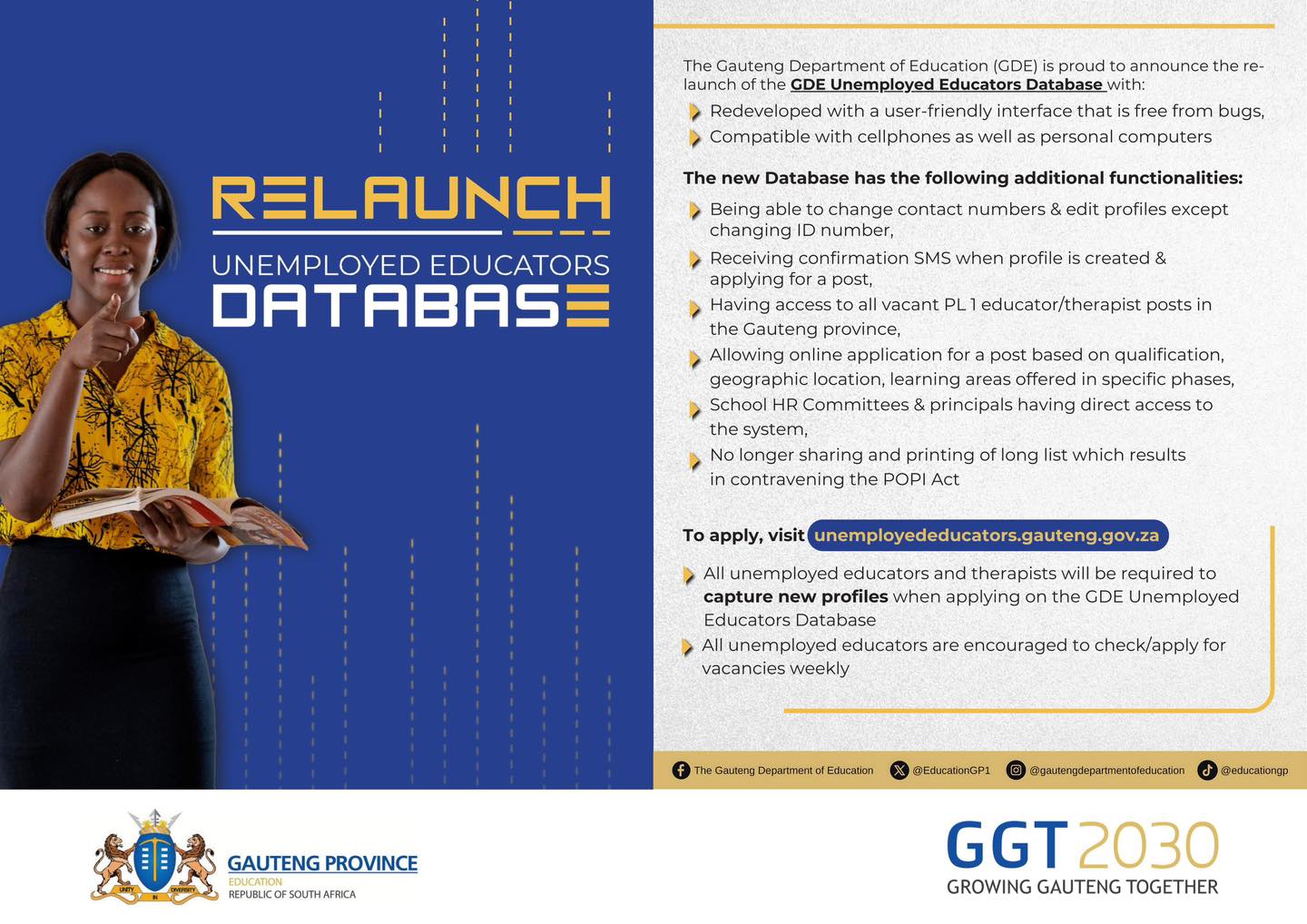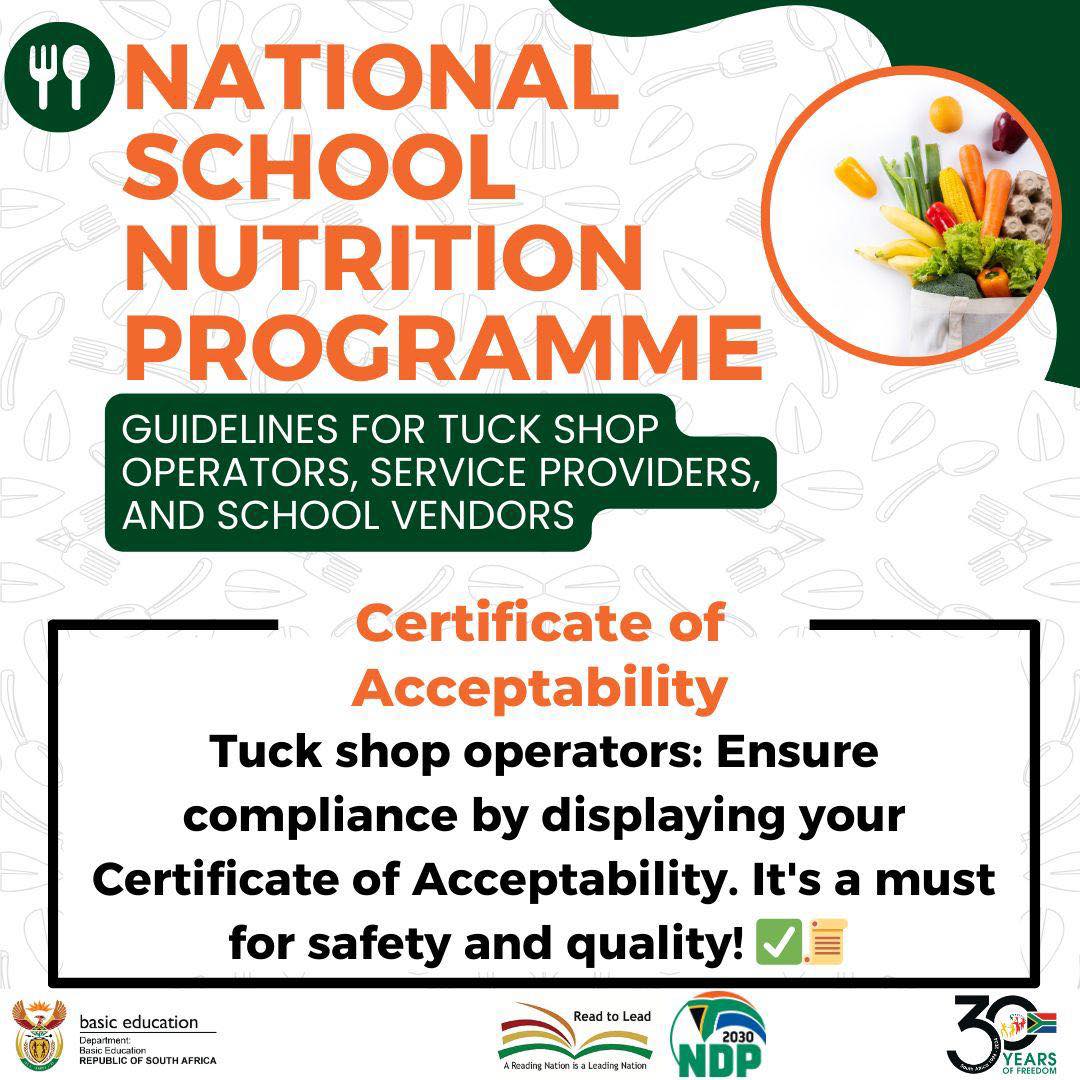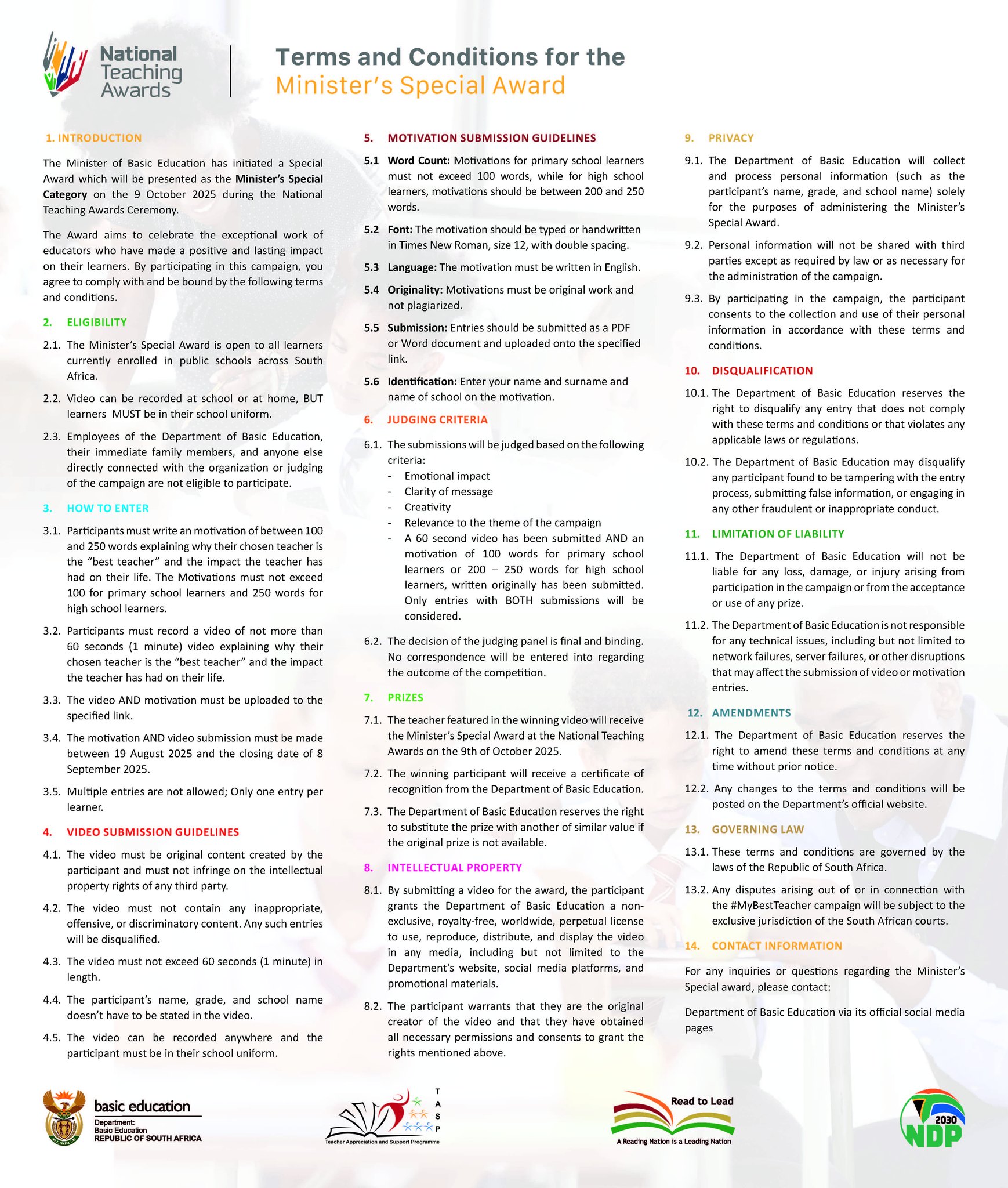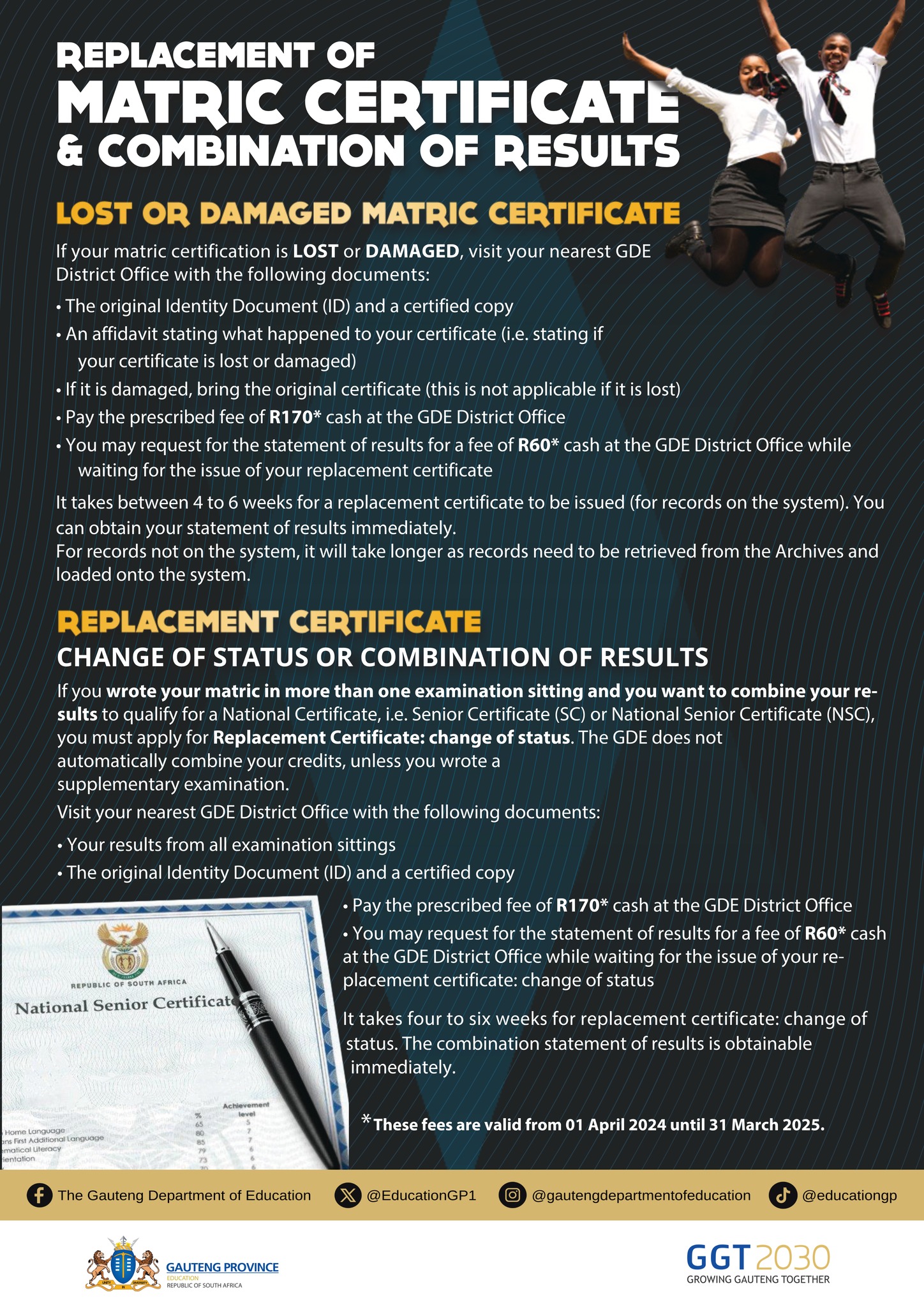By Prof. Busisiwe Mavuso
- The new BLSA Reform Tracker is monitoring 240 government deliverables to inject accountability and measure whether South Africa can achieve the 3%+ growth needed to start reducing unemployment within 24 months.While progress has been made in areas like ending load shedding and improving ports, critical reforms like port concessions are moving too slowly, creating systemic risks to the entire economy.
- South Africa’s unemployment rate of 32.9% reflects an economy suffocating under structural inefficiencies that urgent reforms could fix.
- International examples like Germany’s 200-day gas terminal construction during the Ukraine crisis demonstrate what focused government urgency can achieve when facing existential threats.
Last week, we learned that South Africa’s unemployment rate climbed to 32.9%, meaning one in three adults cannot find work. This devastating statistic shows that our economy is suffocating under the weight of structural inefficiencies that reforms could fix. The question is no longer whether we need change, but whether we can deliver it fast enough.
This stark reality drove discussions at last week’s launch of the BLSA Reform Tracker in Johannesburg and Cape Town. The new tool monitors 240 reform deliverables across government, creating an independent scorecard that business and government leaders can use to accelerate progress. More than a monitoring exercise, the Tracker represents our commitment to transforming good intentions into measurable outcomes.
The reform scorecard shows encouraging green shoots alongside troubling delays. On the positive side, load shedding has effectively ended, a transformation that seemed impossible just 18 months ago when eight-hour blackouts crippled daily life. Our ports and rail systems are showing some improvement, visa processing for skilled workers has accelerated and we’re on track to exit the FATF grey list by the end of the year.
Yet in critical areas, we’re moving too slowly. Our ports remain under single-operator control, an anomaly that creates systemic risk. While performance is improving incrementally, we need fundamental restructuring through private concessions that introduce competition and investment. The stalled Durban container port concession, bogged down in litigation, exemplifies how poor process management undermines even sensible reforms.
As Operation Vulindlela’s Saul Musker noted in Cape Town, South Africa is virtually unique globally in having one entity running all ports, rail and regulation. This creates a devastating single point of failure that threatens our entire trade infrastructure.
Western Cape Premier Alan Winde reminded our audience how Germany and the Netherlands responded to the Ukraine war’s energy disruption. Germany built its first liquefied natural gas terminal in under 200 days, slashing regulatory barriers to replace 55% of its gas supply previously sourced from Russia. The Netherlands moved even faster with their LPG infrastructure.
These examples illuminate what focused urgency can achieve. When facing existential threats, governments can compress timelines from years to months by eliminating bureaucratic obstacles and empowering decision-makers.
Our unemployment crisis demands similar urgency. At current growth rates below 1%, we’re condemning millions to economic exclusion while our working-age population continues expanding. The mathematics are unforgiving: without growth exceeding 3% annually, job creation cannot outpace new entrants to the labour market.
The social and political consequences of prolonged economic stagnation extend far beyond statistics. High unemployment fuels inequality, undermines social cohesion and erodes faith in democratic institutions. We’re not merely discussing policy preferences; we’re racing against time to preserve South Africa’s stability and prosperity.
The BLSA Reform Tracker aims to inject accountability into this process. Updated quarterly, or more frequently when significant developments occur, it provides real-time visibility into which reforms are advancing and which face obstacles. Users can access heat maps showing progress across all 240 tracked initiatives.
Deputy Finance Minister Ashor Sarupen and Premier Winde confirmed they’ve already consulted the Tracker to focus their teams on underperforming areas. Planning Minister Maropene Ramokgopa welcomed it as complementing existing government monitoring systems.
This transparent, independent assessment should create healthy pressure for delivery while celebrating genuine progress.
Success requires cultural transformation across government – from accepting “business as usual” to demanding urgent execution. We need intolerance for delay and excuses, replaced by relentless focus on measurable outcomes.
The building blocks exist: capable public servants committed to change, business sector expertise and resources, and clear reform priorities. What we need now is unwavering leadership that treats economic transformation with the urgency Germany brought to energy security.
Load shedding’s virtual elimination proves dramatic change is possible. But partial progress isn’t enough – we need comprehensive reform implementation that gives businesses confidence to invest without fearing infrastructure collapse.
If we maintain current momentum while accelerating lagging areas, growth rates above 3% become achievable within 24 months. That’s when unemployment numbers start declining, investment increases and South Africa reclaims its economic potential.
The Reform Tracker will measure whether we’re serious about this timeline – or whether we’ll allow another generation to become spectators in their own economy. The choice and the urgency are ours.














